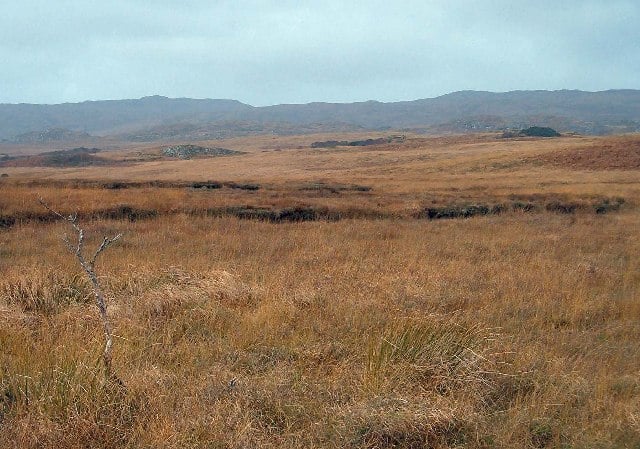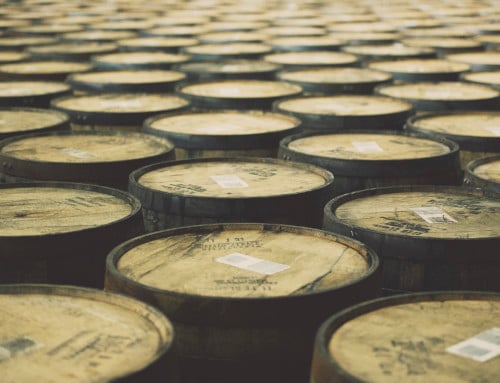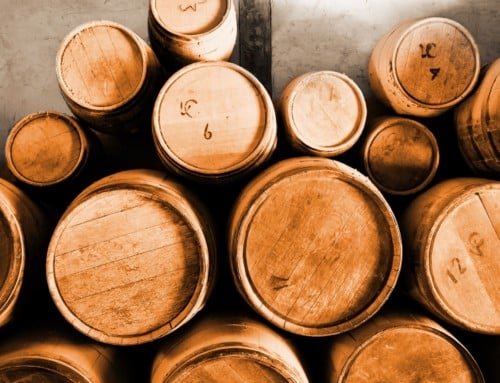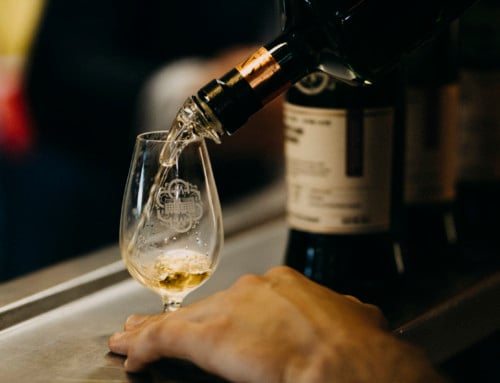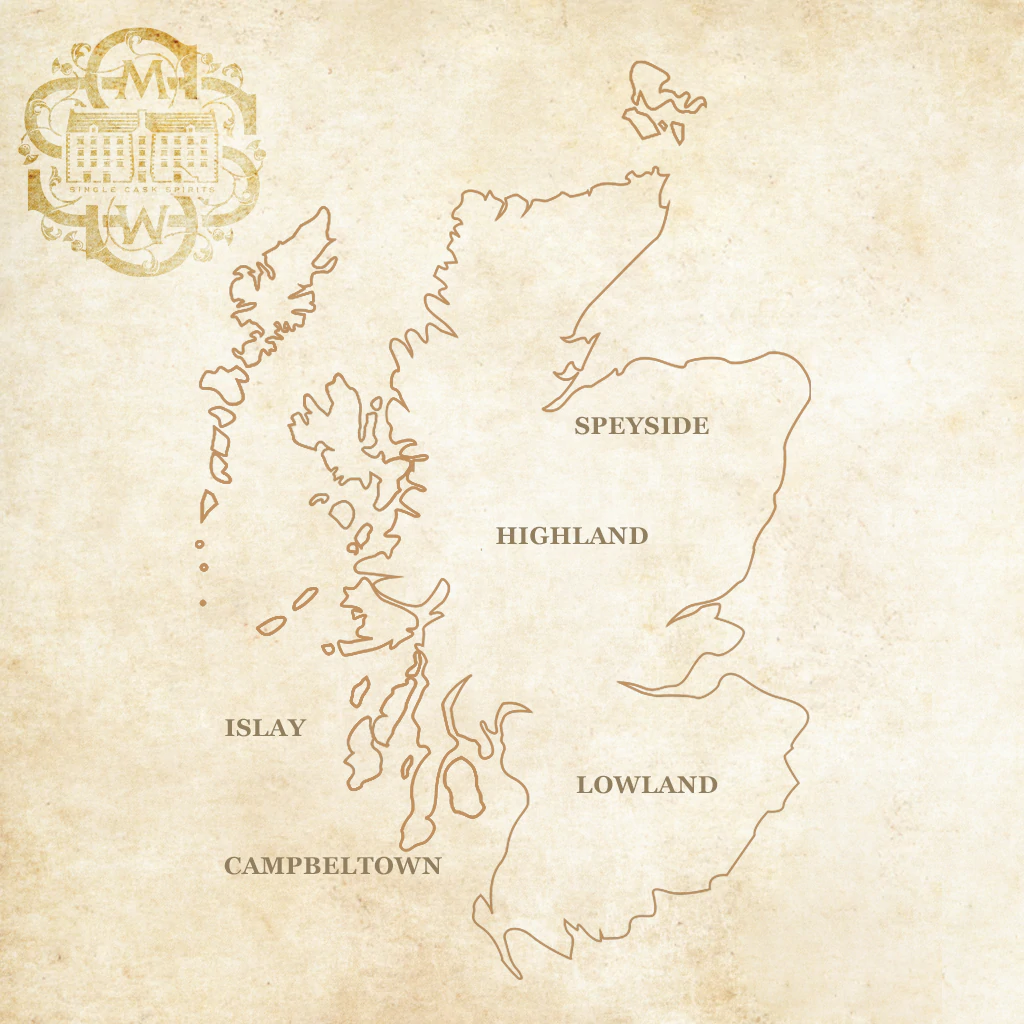One of the common questions we get at Society tastings is about the difference between peat and smoke. The terms are often used interchangeably, and we often (incorrectly) assume that one infers the other. It’s easiest to discern smoke as opposed to peat by assessing a whisky in terms of – nose, palate, and finish.
NOSE: Smokiness is obvious to discern on the nose; it’s the same smell we associate with something burning, whether it’s wood, textiles or anything else. Peatiness, on the other hand, can come across as a dank earthiness, e.g. moist, damp topsoil or fertile potting mix. In many Islay malts, peatiness can also have a note of iodine or rotting seaweed. In short, smokiness is more carbon-based, whereas peatiness is more organic.
PALATE: Smokiness on the palate typically has an ashy or charcoal flavour. I don’t actually smoke, but I’ve had plenty of Islay whiskies that tasted as though I just drank the smoke of a cigar or cigarette. It’s a typically drying and sooty experience. Peatiness on the palate usually manifests itself, again, in a more organic way. I liken it to root liquorice, earthy soil notes, and dark flavours, like black jelly beans, sometimes with a dry, floral-like note.
FINISH: Here is where there is possibly more divergence between the two. Smokiness on the finish leaves a dry, ashy aftertaste, whereas peatiness can leave a moist after-note, and usually also a green bitterness (e.g. over-boiled vegetables or unripe fruit). In a good whisky, the bitterness of the peat on the finish is offset by the sweetness of the malt, or the sweetness contributed by the oak, and so balance is maintained. Good Caol Ilas and good Laphroaigs achieve this balance nicely: bitter peat and sweet malt in a happy marriage.
Ultimately, peatiness (and hence smoke) is a function of the phenol content in the malt, and so a basic understanding of phenols helps. There are a few different types of phenols found in whisky, which I list below along with what they actually contribute to the aroma and flavour:
- Phenol – medicinal, antiseptic, TCP
- Guaiacol – burnt, smoky (discernible in taste only)
- Syringol – burnt, smoky (discernible in aroma only)
- Cresol – medicinal, earthy peat, tar
- Xylenol – Sweet, medicinal
All the above are phenols, with a basic benzene ring and hydroxy group, but phenol types 2 to 5 have extra chemical groups tacked on. Types 2 and 3 explain why you can sometimes pick up smoke on the nose but not on the palate, and vice versa.
So, next time you’re enjoying an Islay whisky (or a smoky mainlander), why not take the time to discern what aspects of it are smokiness, and which aspects are peatiness.
– Andrew Derbidge, Cellarmaster SMWS Australia



